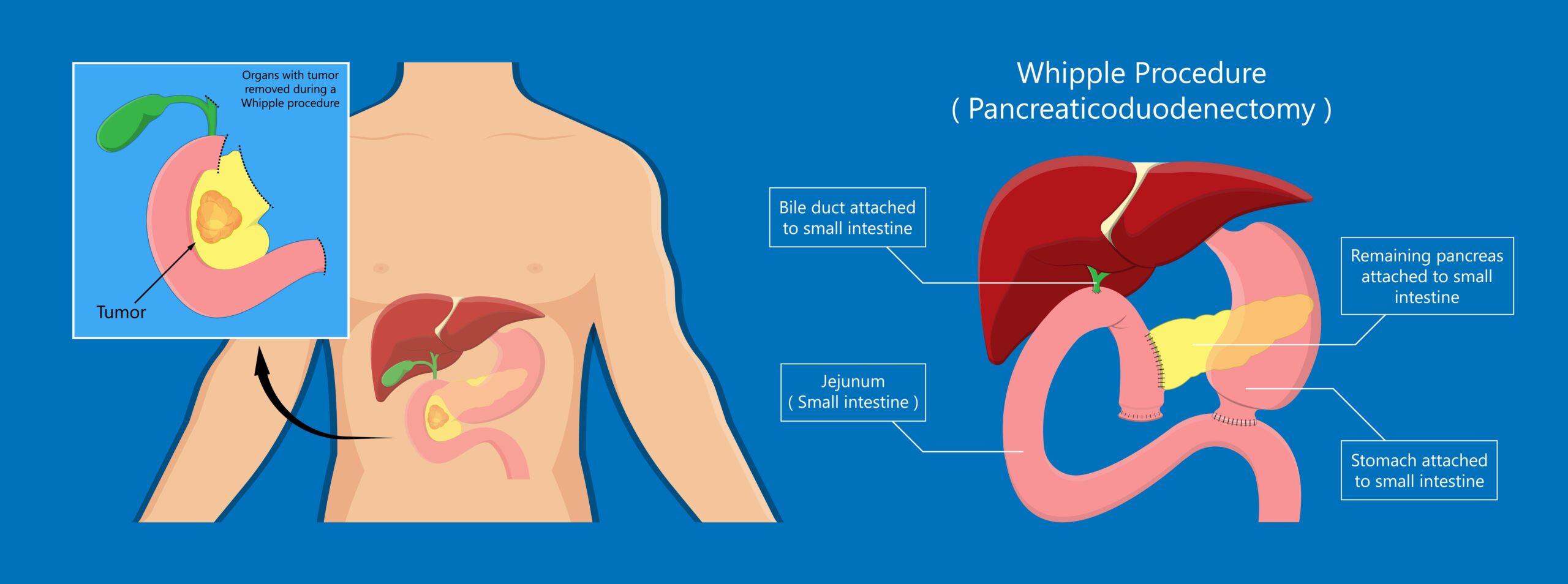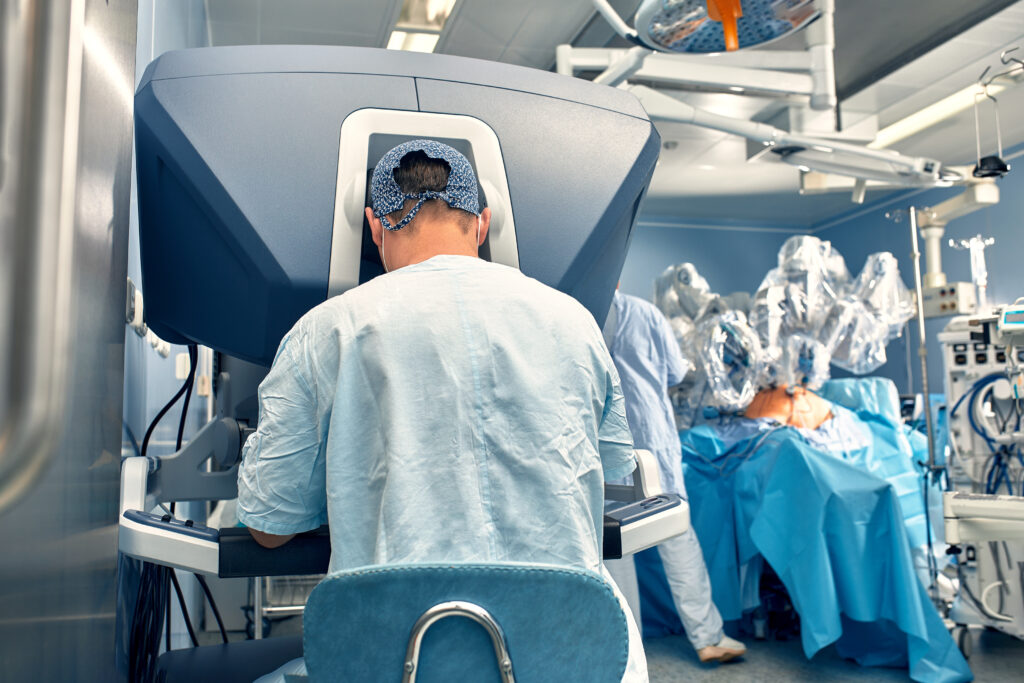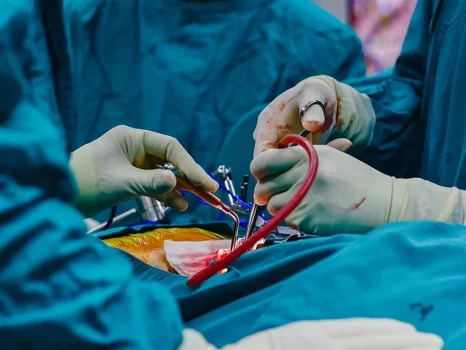Pancreatic (Pancreas) Surgery in Singapore: Open vs Minimally Invasive Options
What is Pancreatic Surgery?
Pancreatic surgery aims to remove a tumour or diseased portion of the pancreas while preserving healthy function whenever possible. The most appropriate operation depends on where the tumour is located, how advanced it is, whether it involves nearby structures, and your overall health. These decisions are made after careful imaging, staging and discussion by a multidisciplinary team.

Common Operations
The Whipple procedure (pancreaticoduodenectomy) is most often used for tumours in the head of the pancreas. During this operation, the head of the pancreas is removed together with the duodenum, part of the bile duct and sometimes a small portion of the stomach, along with nearby lymph nodes.
Lorem ipsum dolor sit amet, consectetur adipiscing elit. Ut elit tellus, luctus nec ullamcorper mattis, pulvinar dapibus leo.
A distal pancreatectomy removes the body and tail of the pancreas, and the spleen may also be removed when necessary; this approach is typically used for tumours in the left side of the pancreas.
A total pancreatectomy removes the entire pancreas and usually the spleen, and may include parts of the stomach and small intestine; it is reserved for select situations where disease is extensive throughout the gland. Not everyone with pancreatic cancer is a candidate for surgery, and suitability depends on scan findings, overall fitness, and whether cancer has spread.
Open Surgery versus Minimally Invasive Surgery
Pancreatic operations can be performed through a traditional open incision or by minimally invasive methods. Minimally invasive surgery (MIS) includes laparoscopic and robot-assisted approaches, both of which use several small incisions and a camera to perform the operation. In suitable patients, MIS may be associated with smaller wounds, reduced blood loss and shorter hospital stays compared with open surgery. That said, the best approach is the one that allows safe, complete cancer removal and the lowest overall risk for you. MIS is not appropriate for every case, particularly when tumours are large or involve major blood vessels.
Minimally Invasive Pancreas Surgery
Laparoscopic Pancreatectomy uses three to five small incisions to introduce a camera and slim instruments. The surgeon operates while viewing high-definition images on a screen, allowing precise dissection and reconstruction.

Robot-assisted pancreatectomy is also performed through small incisions; the surgeon controls articulated instruments from a console, which can offer enhanced dexterity, tremor filtration and stable 3-D visualisation. In both approaches, safety remains the priority, and conversion to an open operation may be recommended if that is the safest course during surgery.
When performed in appropriate candidates, minimally invasive techniques can offer benefits such as smaller incisions, less blood loss, faster recovery and an earlier return to daily activities. Potential risks are similar to open surgery and include pancreatic fistula (a leak from the cut surface or join), bleeding, infection and delayed gastric emptying. Your surgeon will discuss your personalised risk profile and the steps taken to reduce these risks. Patients with smaller tumours away from major blood vessels, and those without widespread disease, are more likely to be considered for minimally invasive approaches, but final recommendations depend on detailed imaging, overall health and surgeon expertise.
Your Care Pathway
Your journey typically begins with a specialist consultation and a review by a multidisciplinary team. Pre-habilitation—such as nutrition support, exercise and optimisation of diabetes or other conditions—may be advised before surgery. The operation is performed under general anaesthesia using either an open or minimally invasive approach. After surgery, you will be monitored closely for pain control, early mobilisation and return of bowel function. Final pathology results are reviewed with you, and the team will discuss whether additional treatments such as chemotherapy are recommended based on the stage and biology of the tumour.
Frequently Asked Questions
Will I be eligible for minimally invasive surgery?
Suitability is determined by the tumour’s size and location, its relationship to nearby vessels, your anatomy and your overall health. Your surgeon will explain which approach offers the safest and most effective treatment for you.
Is minimally invasive surgery always better than open surgery?
Not always. While minimally invasive techniques can reduce wound size and hospital stay in selected patients, the priority is safe cancer clearance. For some tumours, an open approach remains the safest option.
How long will recovery take?
Recovery varies between individuals and procedures. Your team will provide a personalised plan covering diet, wound care, activity and return-to-work timelines, and will arrange close follow-up.
Thinking about Pancreatic Surgery?
Book a consultation to discuss whether open or minimally invasive surgery is suitable for you. We will explain your options, expected course, and alternatives so you can make an informed decision.
Dr Lee Lip Seng is a Hepatobiliary and pancreas (HPB) Surgeon, who specializes in treatment of pancreas cancer with minimally invasive surgery with laparoscopy and robotic options. Working closely with gastroenterologists, radiologists and oncologists, he delivers coordinated, team-based care and sets out clear follow-up schedules and personalised treatment plans.







